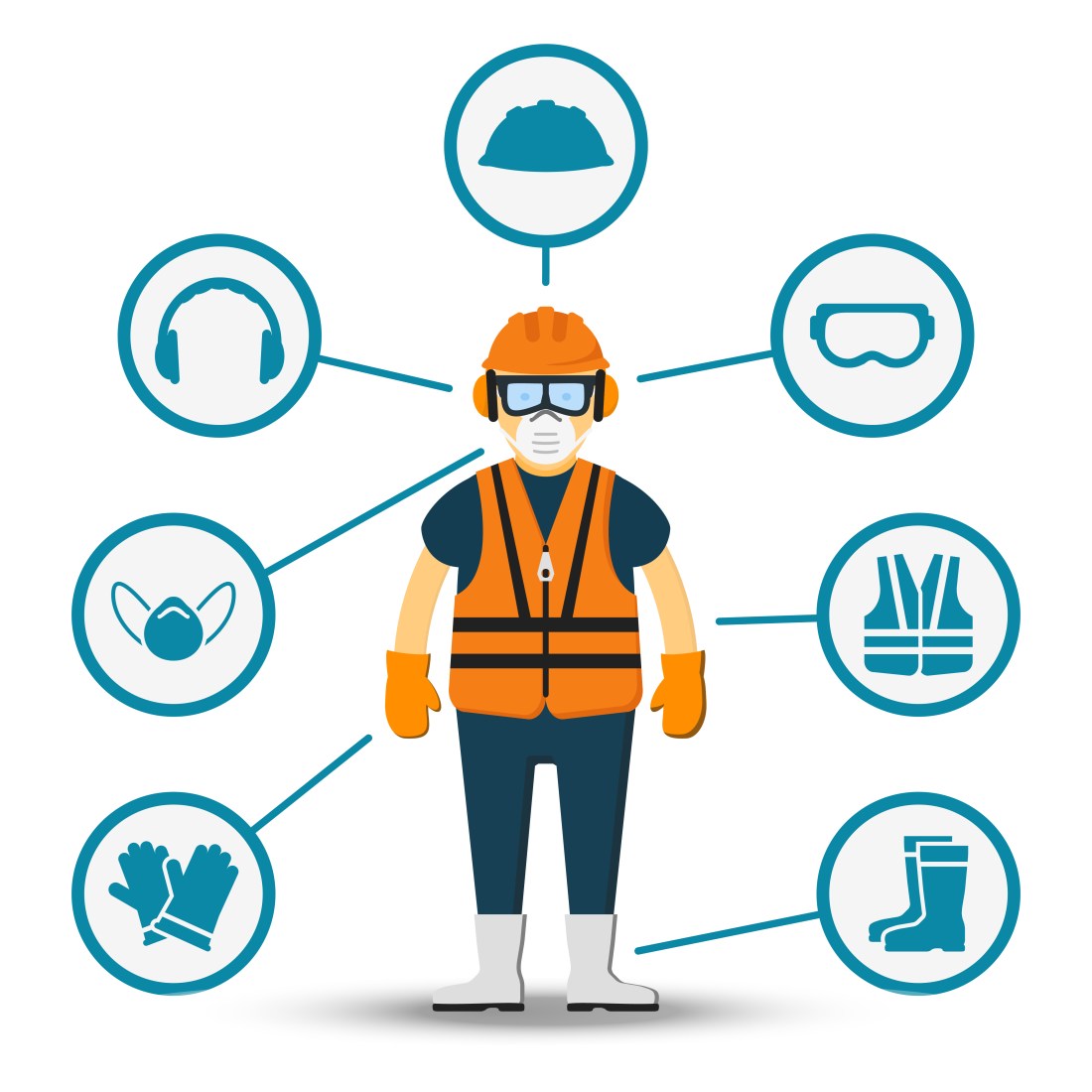
Changes to the Personal Protective Equipment at Work Regulations 1992
In November 2020, a court judgment found that the UK had failed to adequately transpose aspects of two EU Directives into domestic law:
Article 8(4) and 8(5) of EU Directive 89/391/EEC (“the Health and Safety Framework Directive”)
Article 3 of EU Directive 89/656/EEC (“the PPE Directive”).
The UK implementation of these provisions only applied to employees, and the court found that the UK’s implementation should extend to limb (b) workers. The government transposed the PPE Directive through the Personal Protective Equipment at Work Regulations 1992.
The PPE Regulations place a duty on every employer in Great Britain to ensure that suitable personal protective equipment (PPE) is provided to employees who may be exposed to a risk to their health or safety while at work. Currently, employers only have a duty to their ‘employees’ in respect to PPE – changes to the legislation will ensure this duty also extends to ‘limb (b) workers’. Amendments to the PPER will ensure the legislation reflects the court judgment and will apply in England, Scotland and Wales.
PPE is defined in the regulations as follows:
“All equipment (including clothing affording protection against the weather) which is intended to be worn or held by a person at work and which protects the person against one or more risks to that person’s health or safety, and any addition or accessory designed to meet that objective.”
What does this mean?
Employers will have a duty to provide limb (b) workers with the same health and safety protections in respect of PPE as they do currently for employees.
Options on how to achieve the extension of the provisions to workers in the legislation will not be presented during the consultation as the key legislative changes are being made to align with the court decision.
What is a limb (b) worker?
There are two main employment statuses for employment rights: ‘employee’ and ‘worker’. Employees are defined as limb (a) and workers are defined as limb (b) in the Employment Rights Act 1996 s.230:
“..an individual who has entered into or works under– (a) a contract of employment; or (b) any other contract, whether express or implied and (if it is express) whether oral or in writing, whereby the individual undertakes to do or perform personally any work or services for another party to the contract whose status is not by virtue of the contract that of a client or customer or any profession or business undertaking carried on by the individual.”
Generally, limb (b) workers:
- Carry out casual or irregular work for one or a number of organisation(s).
- Receive holiday pay, but not other employment rights such as the minimum period of statutory notice, after one month of continuous service.
- Only carry out work if they choose to.
- Have a contract or other arrangement to do work or services personally for a reward (the contract doesn’t have to be written) and they only have a limited right to send someone else to do the work, for example, swapping shifts with someone on a pre-approved list (subcontract).
- Are not in business for themselves (they do not advertise services directly to customers who can then also book their services directly).
The changes to PPE Regulations will ensure the amending legislation aligns with the court judgment.
The HSE is seeking the views on:
- The types of PPE that are used and how often they are replaced.
- Cleaning, maintenance and storage costs of PPE.
- Costs of training limb (b) workers to use PPE.
- Costs of ensuring PPE is properly used.
- Costs of familiarisation.
- The numbers of limb (b) workers likely to be brought into the scope of the PPER as a result of the change.
- Whether limb (b) workers tend to supplement work done by employees or tend to do different types of work.
- The likely additional costs and wider impacts that may follow as a result of the change.
PPE not regulated and enforced under the PPE Regulations
Employees and workers may be required to wear items of PPE under legislation other than the PPE Regulations. This includes for example crash helmets worn by employees on the road which is legally required under road traffic legislation.
Specific PPE required and provided for in the below health and safety regulations should also not be considered for the purposes of this consultation:
This is PPE required in relation to:
- Lead exposure – Control of lead at work.
- Ionising radiation – Work with ionising radiation.
- Asbestos – Managing and working with asbestos.
- Substances hazardous to health in the workplace (for example: chemicals, fumes, dusts, non-water vapours, non-water mists, nanotechnology, and/or gases) – Control of substances hazardous to health.
- Noise – Controlling noise at work.
Source: Barbour EHS

